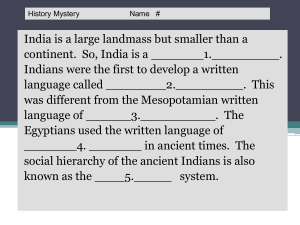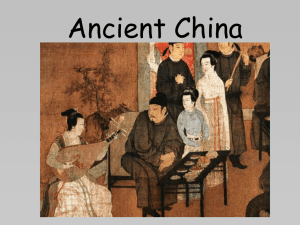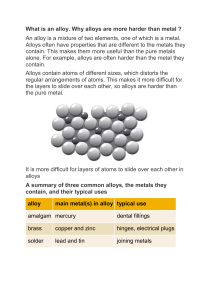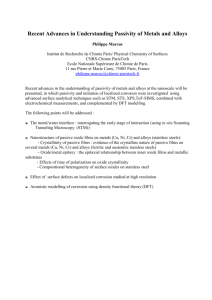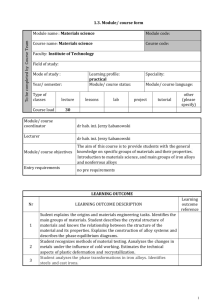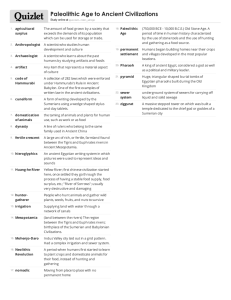Visual Vocab
advertisement
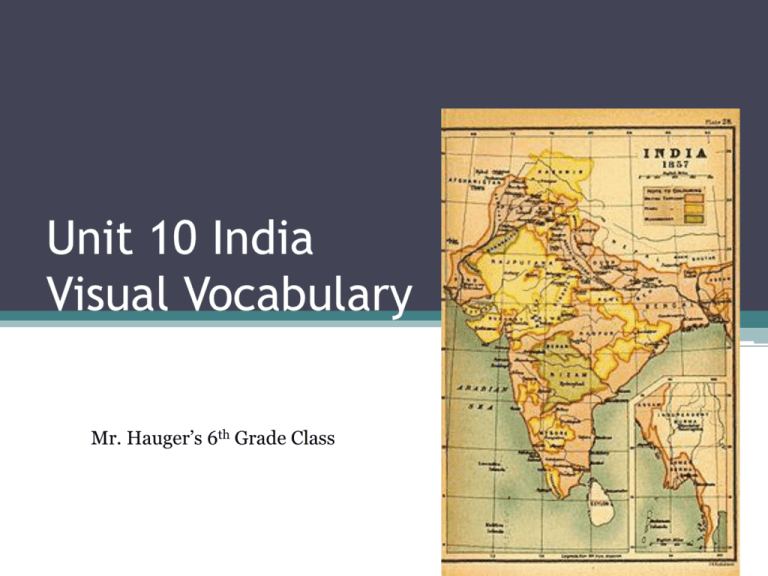
Unit 10 India Visual Vocabulary Mr. Hauger’s 6th Grade Class Subcontinent • A large landmass that is smaller than a continent Monsoons • Seasonal wind patterns that cause wet and dry seasons Physical Features • Features on the landscape that were formed by natural processes. Ex. mountains, rivers, lakes Himalayas • The planet's tallest mountain range, including the highest, Mount Everest. Provides a natural border for India. Indus and Ganges Rivers • Two of the most important geographic features in India, providing water sources and creating fertile land. Sanskrit • The most important language of Ancient India Caste System • Divided Indian society into groups based on a person’s birth, wealth, or occupation. Nonviolence • The most important language of Ancient India Fasting • Going without food. Associated with religious rituals or protests. Be the Change you wish to see in the world. -Ghandi Missionaries • People who work to spread their religious beliefs. Golden Age • Period of prosperity, peace, and progress during the Gupta Empire. Advances were made in science, literature, and the arts, and people were more enthusiastic about religion. Empire • a group of countries or regions that are controlled by one ruler or one government Other Important Words Hinduism • The largest religion in India today. 1st religion in India. Focus on 4 Noble Truths, Karma, and Reincarnation. Buddhism • A religion based on the teaching of Buddha. Centered on the ideas of the 8 Fold Path. Alloys • Mixtures of two or more metals. Employees work at a plant of Indian Metal and Ferro Alloys Limited Astronomy • The study of the stars and planets Metallurgy • The science of working with metals. • Inoculation • Injecting a person with a small dose of a virus to help him or her build up defenses to a disease.
